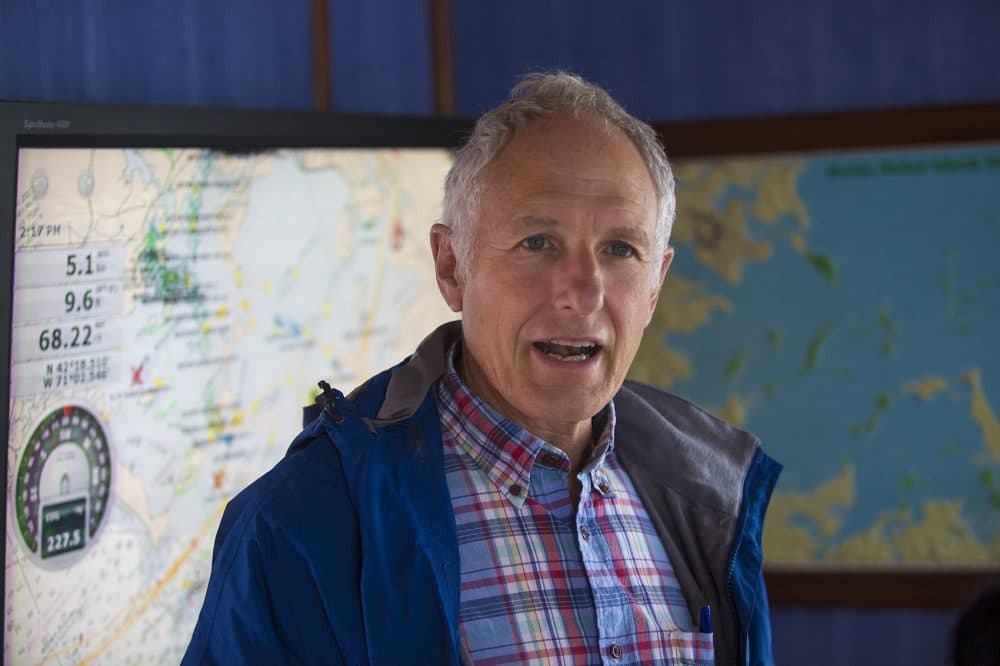bigeman312
Senior Member
- Joined
- Jul 19, 2012
- Messages
- 2,359
- Reaction score
- 2,360
An ounce of prevention is always worth a pound of cure. It’s important to understand human nature, specifically within our society.
The percent of adults aged 20 and over who are overweight, including obesity is 73.6%, myself included.
It’s easy on paper to say, “type II diabetes is common in my family and if I don’t mobilize to change now, I will face an early grave.” But continuing with the status quo is enticing. I’m healthy right now. I’m active. Most of my vitals are in or close to range. So why not eat the tasty burrito?
As long as everything looks fine, we Bostonians, Americans, and humans, are going to focus on other things. It’s something we “should” deal with “soon.”
Many of those who are diagnosed with Type II Diabetes and told to make lifestyle changes to slow the progression, don’t end up doing so, my dad included. This is why I think the best realistic thing to hope for is action after a devastating event, but even that is very far from guaranteed.
The percent of adults aged 20 and over who are overweight, including obesity is 73.6%, myself included.
It’s easy on paper to say, “type II diabetes is common in my family and if I don’t mobilize to change now, I will face an early grave.” But continuing with the status quo is enticing. I’m healthy right now. I’m active. Most of my vitals are in or close to range. So why not eat the tasty burrito?
As long as everything looks fine, we Bostonians, Americans, and humans, are going to focus on other things. It’s something we “should” deal with “soon.”
Many of those who are diagnosed with Type II Diabetes and told to make lifestyle changes to slow the progression, don’t end up doing so, my dad included. This is why I think the best realistic thing to hope for is action after a devastating event, but even that is very far from guaranteed.

